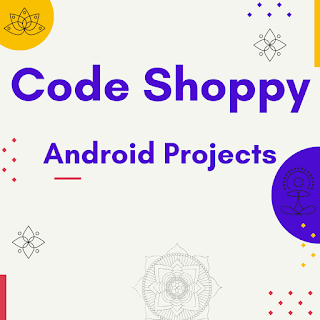Analysis of minimum system requirements for running Android project-codeshoppy
Android OS has found its usage, not only in smartphones and other areas
of smart devices, but also in automotive and many other industries, as
its applications grow more and more over time. Even though Android OS is
based on a Linux kernel, some problems arise while trying to execute
Android applications on other Linux kernel-based operating systems.
Execution of Android applications on an Android emulator was an
acceptable solution until their growing complexity demanded more
hardware resources. On the other hand, Linux containers were developed
and became more popular. Hence, executing Android applications natively
on other Linux operating systems became possible on systems with limited
hardware resources. Nevertheless, minimum system requirements for this
solution are not clearly defined, but could be very useful in the
planning phase, when choosing a target platform for a specific project.
In this paper, minimum requirements for system resources for executing
Android applications in Linux containers have been assessed, and its
advantages compared to executing them on an Android emulator have been
described.Android Projects Ideas Titles 2021 2022
In view of students' knowledge structure and cognitive ability, the
author puts forward three-phase project teaching by means of years'
teaching experience. The first phase is the basis phase of the project,
which covers all PHP programming knowledge. The second phase is the
consolidation phase of the project. Some phases that have something in
common with those in the first phase are selected to consolidate the
learnt knowledge in the first phase.
Wear OS Emulator Pairing Assistant allows you to see Wear OS devices in
the Device Manager, pairing one or more watch emulators with a single
phone without having to navigate through multiple ADB commands and
device combinations. As a bonus, you also don't have to re-pair devices
as often because Android Studio remembers pairings after it closes.
The Android Emulator toolbar now has new buttons and interactions that
align to Wear OS physical devices; use it to trigger actions such as the
palm gesture or to simulate tilting the device.
When deploying your WearOS app, it can be tricky at times to get your
app to the right state, especially if you are working on features like
Watch Face complications

No comments:
Post a Comment